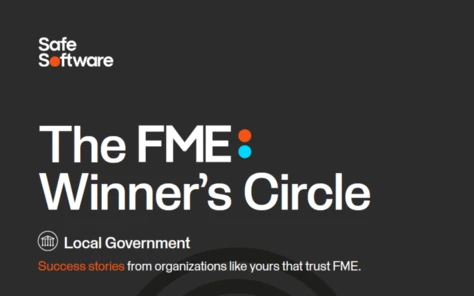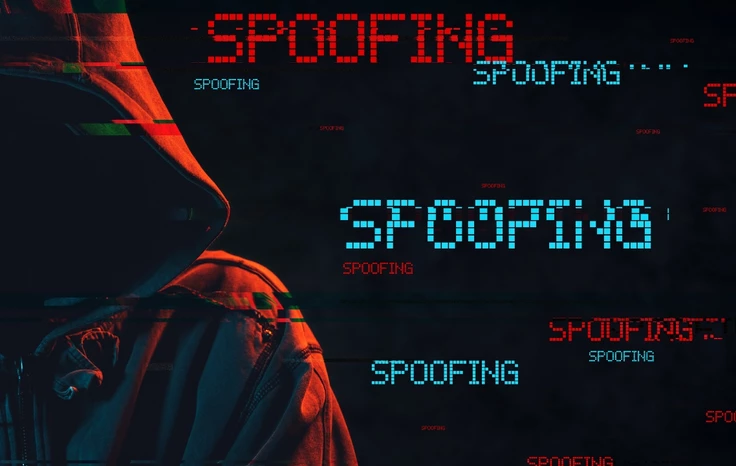Dozens Arrested Following UK Police LabHost Takedown
LoopUp introduces new desktop video conferencing feature

The premium remote meetings company LoopUp has announced the introduction of a new desktop video conferencing feature. Earlier this month, the company introduced a new functionality allows hosts to enable desktop video streaming on their conference calls.
Introducing desktop video conferencing
It is evident that LoopUp has always maintained an audio-first approach to conferencing calling. However, an increased demand for face-to-face video conferencing led to the development of a video feature that complements the LoopUp product. Indeed, other leading collaboration software providers in the industry also tend to have a "video-first" approach. Nevertheless, they often require a software download or for guests to initially turn on their cameras as they join the meeting. As a result, many users find this process disconcerting and unnecessary. In addition to this, these products also deliver VoIP audio via the PC and public internet, which can be unreliable.
Separating video and audio
Unlike traditional collaboration software providers, LoopUp separates video and audio. In effect, this ensures that poor web connectivity does not compromise the quality and reliability of the audio. All LoopUp audio is still carried over tier-1 networks with managed quality or service, rather than over the public internet. Moreover, the product allows users to stream video over a completely separate IP path. While video is incredibly effective, there are many instances in which video can also be counter-productive or unnecessary. In order to ensure maximum guest engagement, LoopUp's video implementation puts this decision at the sole discretion of the meeting host. In general, the host will be able to evaluate the true value of video in a particular meeting or conference call. LoopUp thus allows guests to opt-in to turn on their cameras if the host decides to enact video. LoopUp video will now be rolled out to all customers in a phased programme, without licence fees. Pricing remains on a simple pay-for-it-you-use-it basis, while the video implementation does not require a download but is instead available via regular mainstream PC and tablet browsers through WebRTC technology.
What are the latest Unified Communications tools? Editor Max headed to the UC Expo in Tech Chat Episode 15 to find out
























